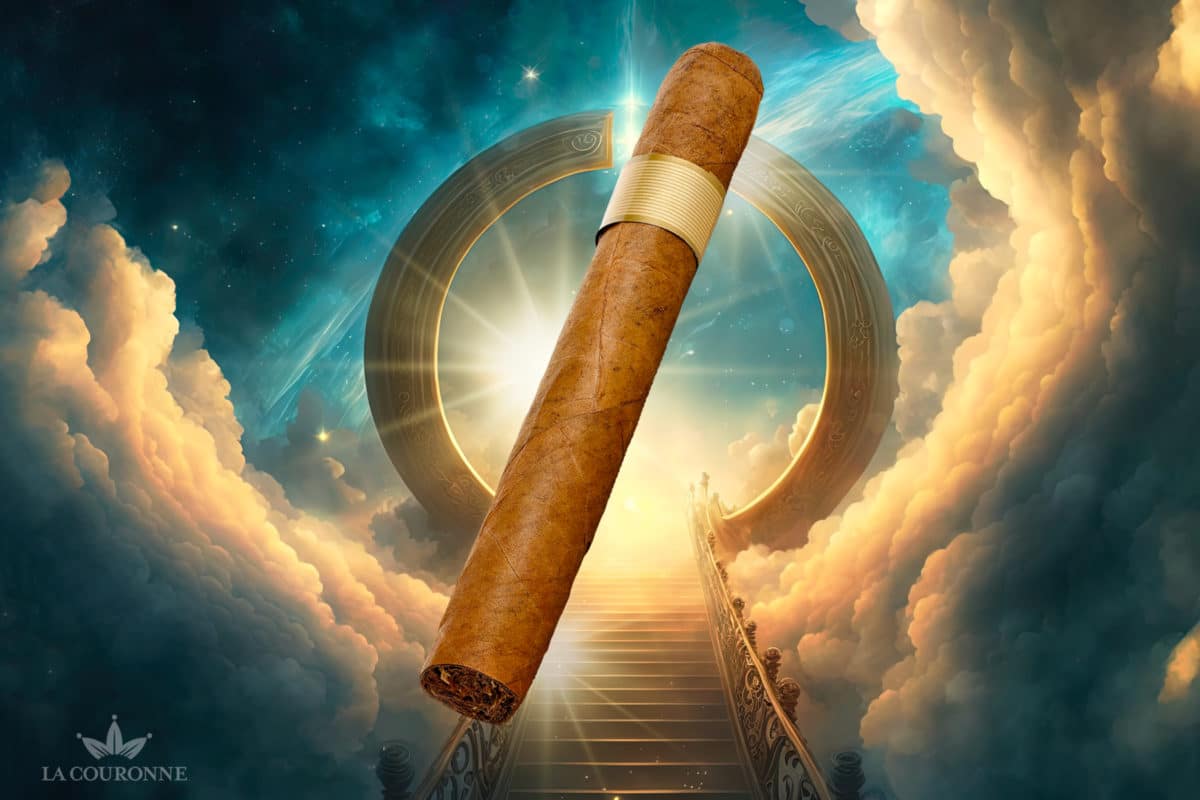L'académie du cigare, All about cigars
Cigar myths
Cigars are not smoked like cigarettes. Far from being a reflex gesture, cigar tasting demands that you take your time and follow certain rules in order to appreciate the full richness of this sophisticated pleasure. When entering the world of cigars for the first time, one is often surprised by the profusion of rules and good practices that this art of living presupposes. And yet, while some of these rules can genuinely enhance your tasting experience, others are merely the result of imaginary constructs with no real foundation. Like any discipline that arouses passion, cigars are not immune to myths and misconceptions.
Cuban cigars are the best in the world
Until the Cuban Revolution, cigars and Cuba were one and the same in the minds of European aficionados. Cuba, where the Spanish colonists discovered the "sikar", was also at the heart of tobacco growing for over two centuries. These intertwined destinies helped forge the international reputation of habanos. Even today, many experienced smokers swear by Cuban cigars.
While Cuban cigars benefit from a terroir and know-how that give them undeniable qualities, they are now competing with other equally esteemed terroirs. Nicaraguan, Dominican and Costa Rican cigars, for example, offer particularly interesting aromatic profiles that have nothing to envy Cuban cigars. It's also important to remember that cigar tasting is a matter of individual olfactory impressions, and that all tastes are natural. A cigar may seem exquisite to one person, but not to everyone.
The darker the wrapper, the stronger the cigar
This misconception is certainly one of the most common myths among cigar smokers. Although Maduro wrappers undergo a longer fermentation than Colorado wrappers, they in no way increase a cigar's strength. This longer fermentation simply allows the cigar's flavours to develop further. The strength of a cigar depends mainly on the nicotine content, and therefore on the blend of tobaccos used for the filler. It is therefore quite possible to find cigars with a Maduro wrapper of medium strength. This is the case, for example, with Ashton Aged Maduro.
The more a cigar costs, the better it tastes
The price of a cigar does not always reflect its quality. It is determined by factors such as production costs, market conditions, taxes and retailer margins. Recently, for example, we have seen an explosion in the prices of certain Habanos S.A. brands, without any noticeable change in their quality. This is simply a strategic increase decided by the Cuban company in order to standardize the prices of habanos on the different markets. As a result, it is now possible to find top-quality cigars at reasonable prices. Cigars such as Arturo Fuente Hemingway Short Story, VegaFina 1998 VF 52 and Alec & Bradley Kintsugi Gordo, for example, have received tasting scores of between 91 and 92 points at Cigar Aficionado, even though they cost as little as 13.00 each.
A cigar can be stored in the refrigerator
Here's another myth that could cause a lot of damage. Contrary to popular belief, refrigerators do not keep your cigars fresh. To preserve its aromas and burn characteristics, a cigar must be stored in a specially designed humidor. While the ideal storage conditions for a cigar are a humidity level of between 70% and 75%, and a temperature of between 18° and 22°C, refrigerators generally have a temperature that varies according to floor (between -6° and 6°) and a humidity level of between 65% and 90°C. Storing your cigars in the fridge can rapidly dry out their oils and cause mildew.
A cigar must be heated all the way through before lighting.
Unlike many cigar myths, the idea of heating a cigar lengthwise before lighting it is based on empirical logic. For a long time, cigar wrappers and binders were glued together using a tragacanth gum dyed with chicory. This gum gave the cigars a certain acidity and could impair their aromatic profile. It was therefore advisable to lightly heat the cigars along their length to attenuate the taste of the gum. While this technique was useful in the past, it is no longer necessary today. Nowadays, cigar wrappers are fixed with tasteless gum.
A white ash is synonymous with a quality cigar
The color of a cigar's ash reflects the nutrient content of the soil on which the tobacco was grown. A white ash indicates a high concentration of calcium, phosphorus and magnesium in the tobacco, while a darker ash reveals a higher proportion of potassium. Ash color therefore has more to do with the terroir of your cigar than with its quality. Cuban cigars generally have darker ashes than Dominican cigars, without being of inferior quality.
The strength and body of a cigar are the same thing
Many aficionados confuse the terms "strength" and "body" when talking about the impressions left by a cigar. Yet these two terms refer to two different realities.
The strength of a cigar refers to the physiological impact of tobacco. It is generally influenced by the nicotine content of the cigar, but can also refer to its spice level. Body refers to the depth and breadth of a cigar's flavors. A full-bodied cigar can be enjoyed without being overpowering.

